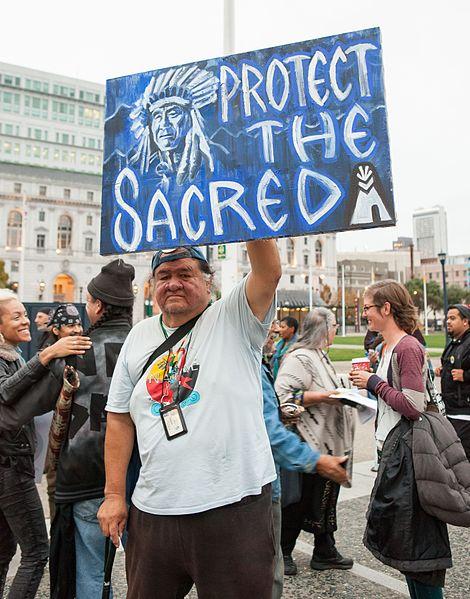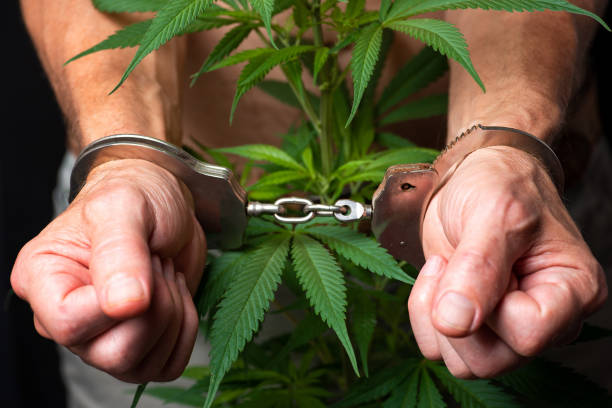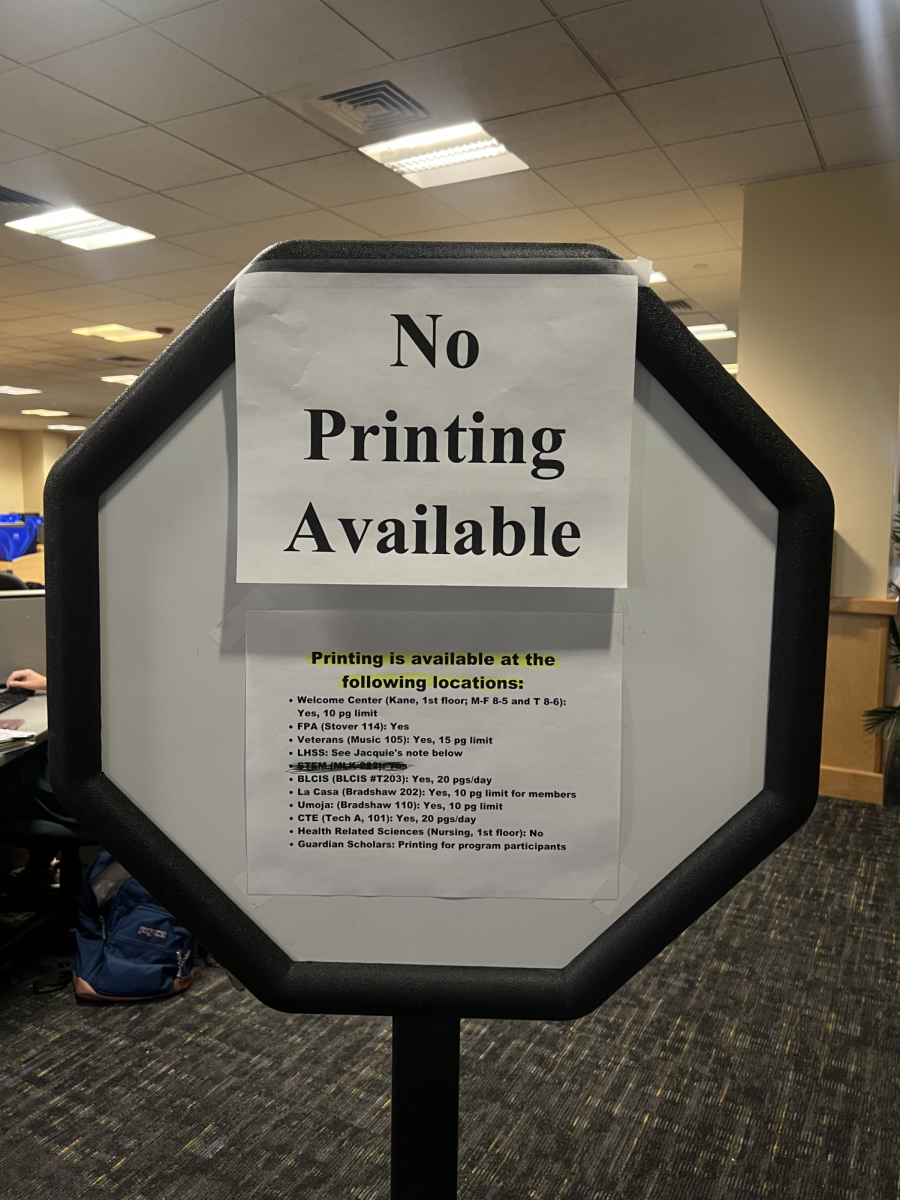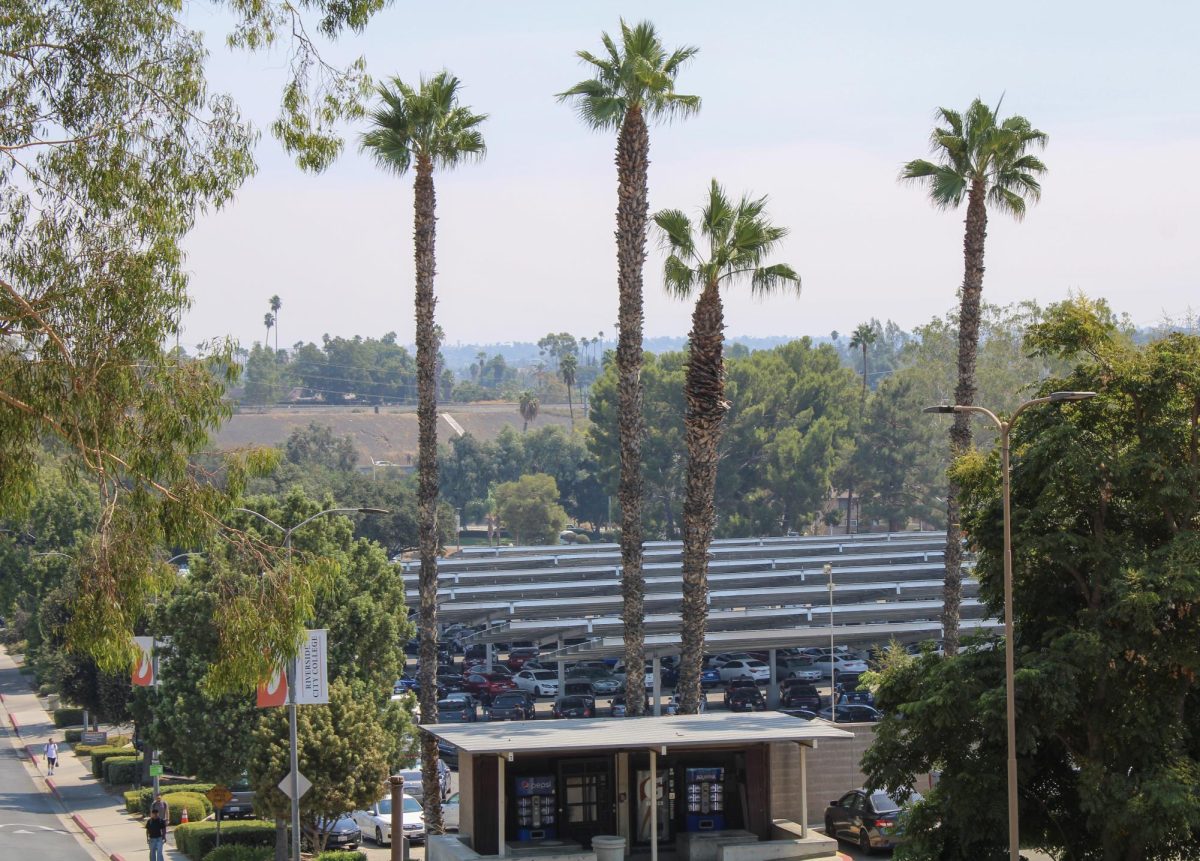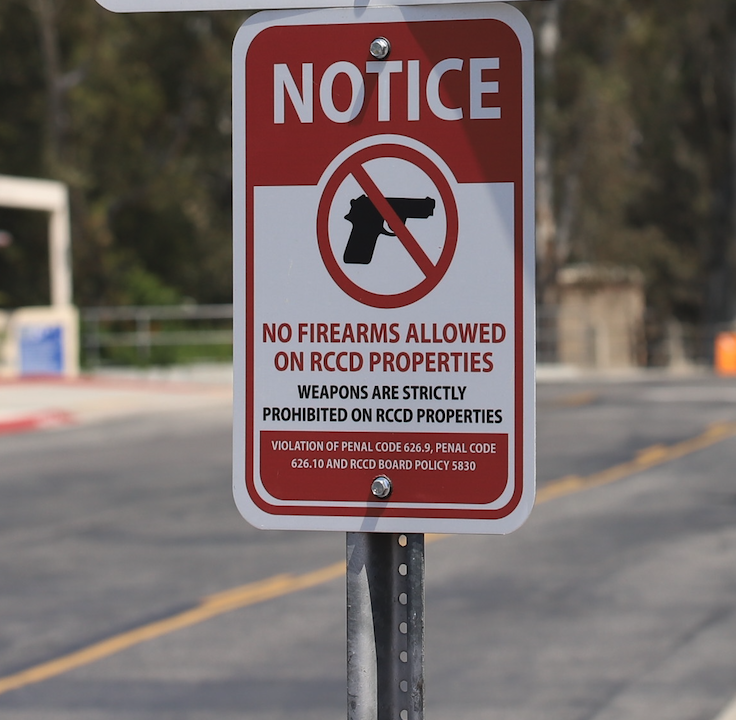By Kevin Knox
For over five years now, Native American tribes and climate activists across the country have waged a long, tiring battle against the construction of the now-infamous Keystone XL Oil Pipeline.
These groups mainly cite the potentially devastating leaks such pipelines are prone to, as well as the ethics of building them through lands that local Native American tribes consider sacred as reasons why their construction should be blocked at all costs.
The pipeline debates came to a rather violent head in 2016, as the Standing Rock Sioux tribe of South Dakota, along with many environmental activists, set up camps and physically blocked construction of an adjacent pipeline built by Dakota Access.
During their months-long protest, these self-proclaimed “water protectors” were subjected to an astonishing level of police brutality.
At the time, footage of the local sheriff’s department dispensing tear gas and using high-pressure hoses to spray protesters with ice-cold water, on a night when temperatures were below zero, went viral. The Guardian reported that at least 160 activists were injured during that clash alone.
This is the extent of what these protesters have gone through in their fight against the oil pipelines. But in the end, the Standing Rock protesters left their camp, as the Dakota Access Pipeline and Keystone XL pipeline were approved for construction.
It seems the U.S. government did not care much about those groups’ fear of major oil leaks poisoning the land contaminating their groundwater.
So what has happened in the aftermath? On Apr. 4 the Dakota Access Pipeline spilled 84 gallons of oil in South Dakota, not too far from Standing Rock. If that were not enough, the Keystone XL pipeline spilled over 200,000 gallons of oil, again not far from the Standing Rock tribe’s territory Nov. 16.
These are two of the three leaks South Dakota’s Department of Environment and Natural Resources has reported this year alone.
Officials for TransCanada, who are constructing Keystone XL, have released public statements saying that local water supplies have not been contaminated. But National Geographic reports that local Native American leaders are not so sure.
Whether or not these spills specifically have contaminated anything, the fact remains abundantly clear that the Native American tribes and the environmental protesters who have been spending the last few years fighting against these pipelines tooth and nail are vindicated by these events.
CNN reports that a spokesman for South Dakota’s Department of Environmental and Natural resources said leaks such as the one that occurred on Apr. 4 are “not uncommon.” This has been abundantly clear as of late.
If we’re lucky, the recent Keystone XL leak may not cause any serious damage, but who’s to say the next one won’t?
Several groundwater sources and many Native American territories stand to become catastrophically contaminated should any one of the pipelines being built in that area leak again.
We have no idea what the size of the next leak may be, but it looks like we can be sure that there will be more in the future.
With the news that Nebraska’s Public Service Commission will allow the Keystone XL Pipeline to be built through their state despite the recent leak, it’s clear that they will never deter our government from building more.
These pipelines represent a mountain of short-term profits, and it looks like America’s local, state and federal governments see that as worth potentially contaminating the water sources that millions of people rely on.
The Standing Rock protesters endured hoses, beatings, having dogs sicced on them and so much more in their efforts to warn us about these risks.
It’s a shame that recent events indicate those warnings apparently will not be heeded, even after it’s too late.

